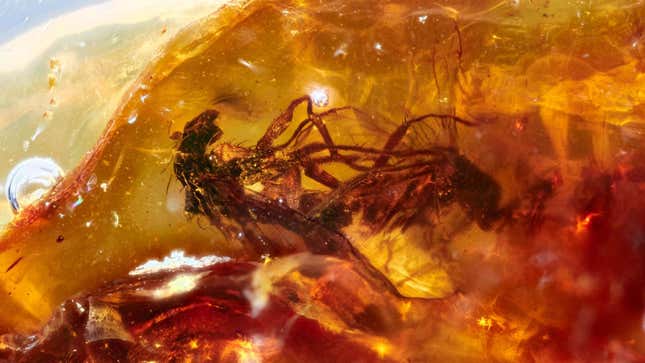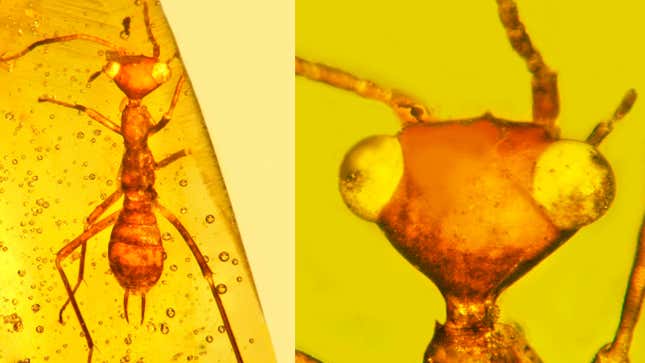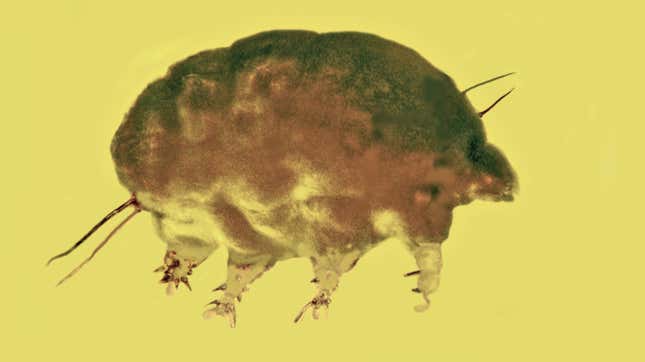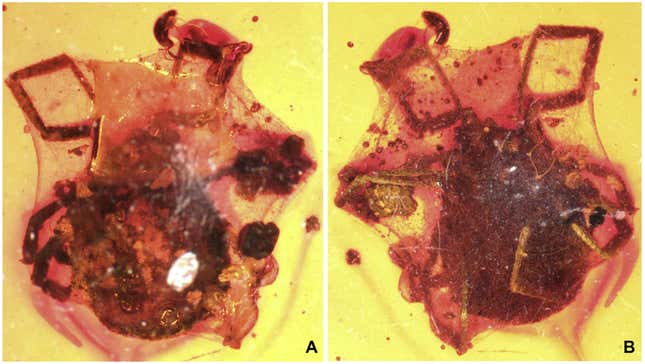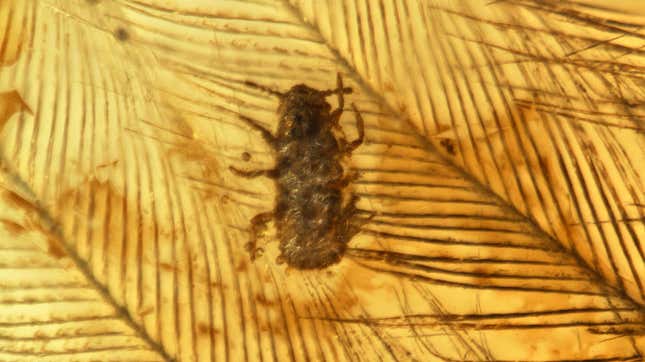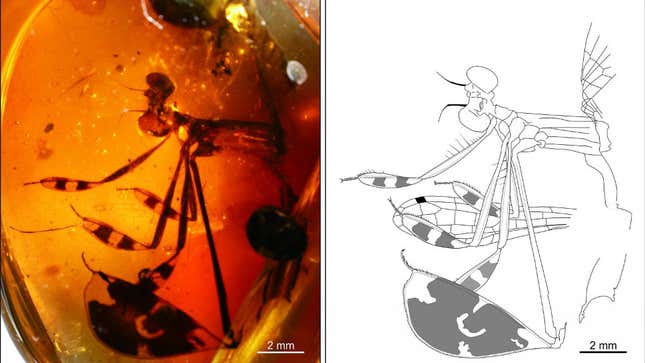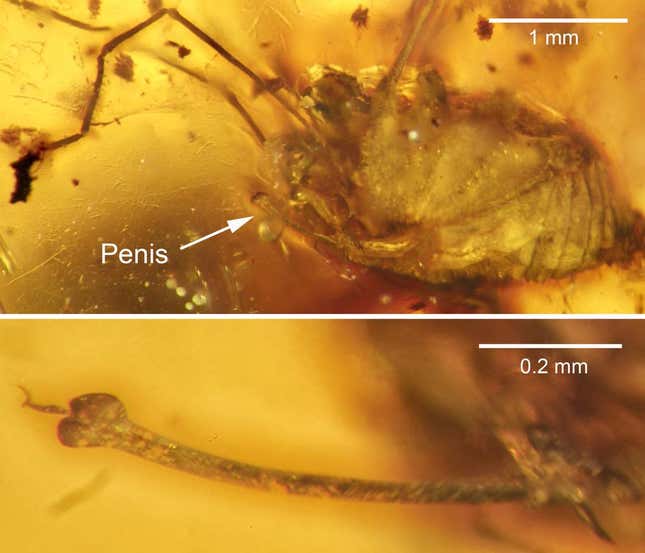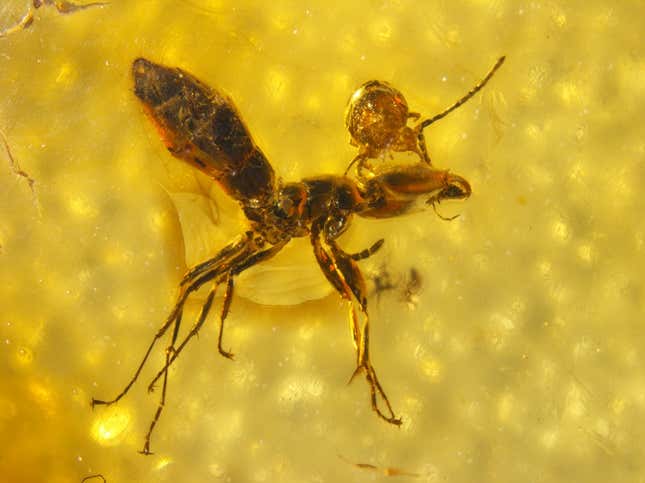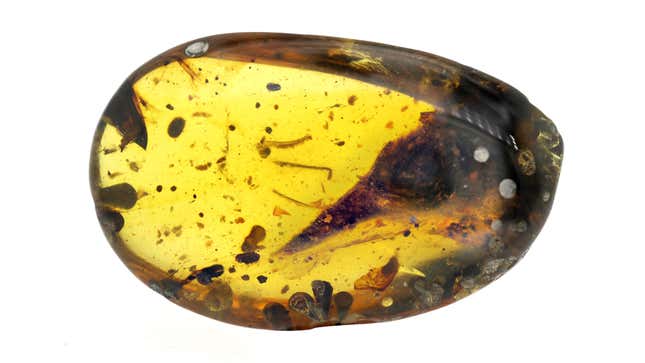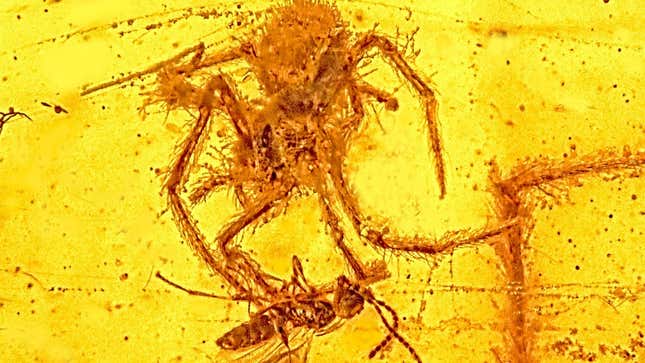
Amber fossils are like a time capsule, preserving the three-dimensional structure of animals, plants, and other prehistoric items of interest. Every once in a while, however, paleontologists stumble upon some particularly bizarre specimens and scenes.
Conventional fossils, with their faintly outlined pancaked specimens, can teach us plenty about the past, but they lack a certain pizzazz. Amber fossils, on the other hand, are filled with all sorts of excitement, exhibiting features that still appear fresh despite being millions of years old. And because many creatures became preserved in amber by inadvertently getting caught in tree resin, their final behaviors and predicaments are often on full display. Here are some of the more unusual amber fossils discovered over the years.
This story was originally published on October 24, 2020.
